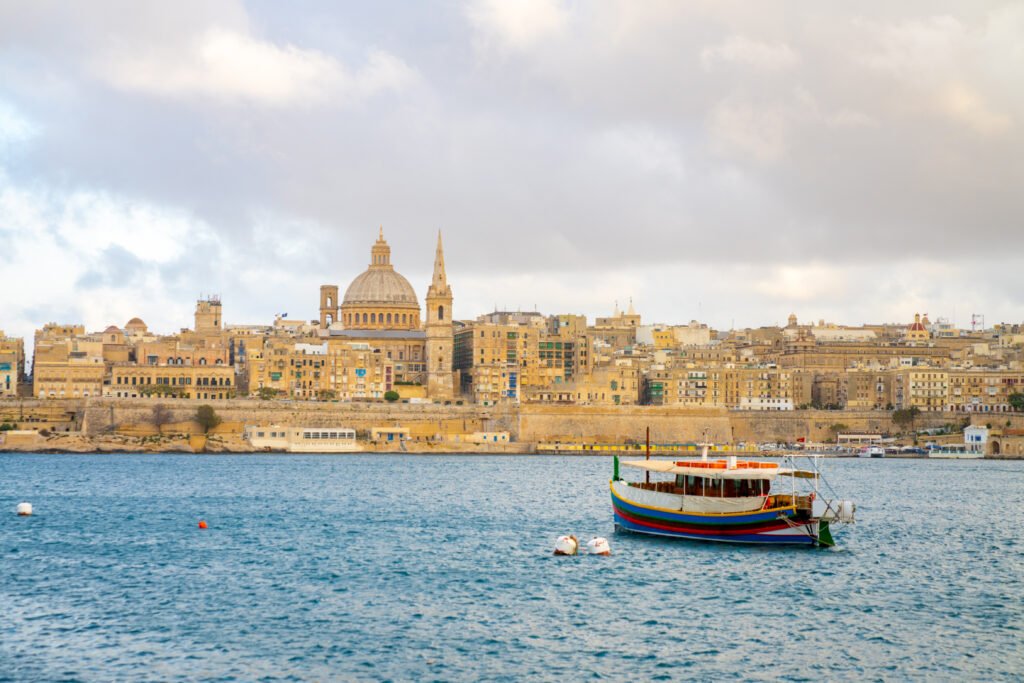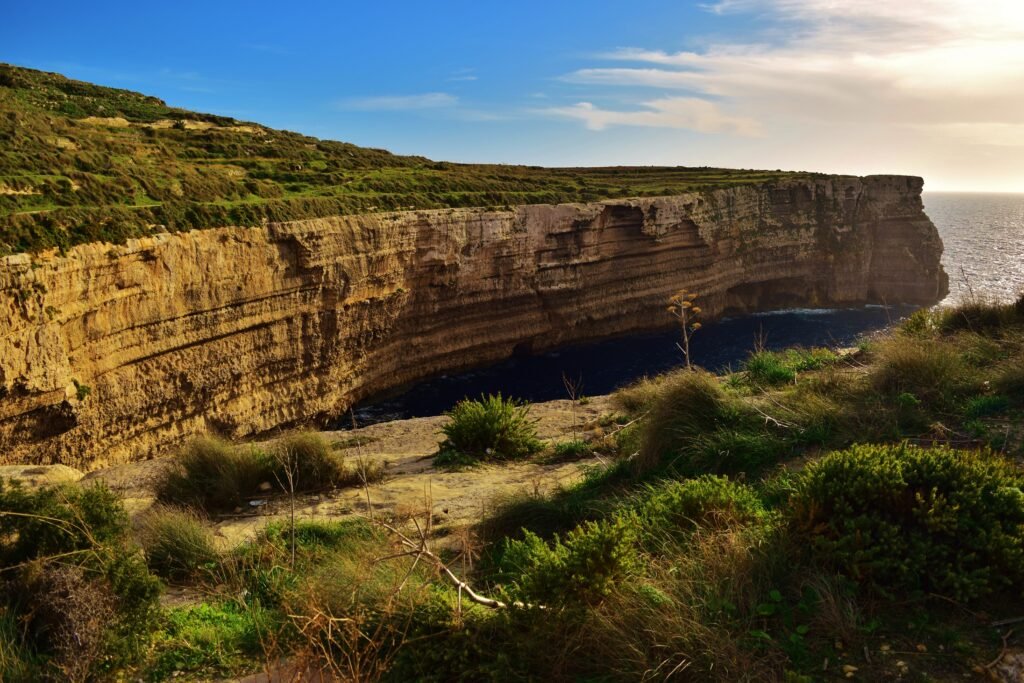Malta is home to many expat and retiree communities. With a total population of approximately 518,000, the islands host an astounding 115,000 non-Maltese nationals, making up over 22% of the population.
This creates a multicultural atmosphere where dozens of languages can be heard on the streets. However, due to the widespread use of English, integrating into the community is relatively easy for newcomers. There are various opportunities to socialize and meet friends, from joining local organizations to participating in cultural events.
Social and Community Activities
One of the most active organizations that gather expat and retiree communities in Malta is the local chapter of InterNations. Basic membership is free, and it allows users to make connections and participate in various events such as wine tastings, art tours, and water sports.
Another popular social venue is the Royal Malta Golf Club. The clubhouse offers a lively social scene, even for those who do not play golf or tennis. Associate memberships are around $2000 per year, a much lower cost compared to similar clubs in the UK or the U.S.
Pickleball has recently gained popularity on the island as a new sport. But in Malta, water activities are also popular, thanks to the island being surrounded by the gorgeous Mediterranean Sea. With 75 dive sites, including reef, wreck, and cave dives, diving enthusiasts are spoiled for choice. Sailing is another popular pastime, with many joining sailing clubs to explore the open seas.
Malta is also known for its cool festivals, taking place particularly during the spring, summer, and fall. Many of these are Catholic religious feasts featuring extensive celebrations, providing an opportunity for newcomers to integrate into the local community through church events.
Other notable festivals include the International Arts Festival, RITMU (a Mediterranean folk festival), and various dance and jazz festivals.
Top Places to Live in Malta
St. Julian’s and Sliema (Harbour Area)
This area is the most active and social part of Malta, offering the best nightlife, shops, and restaurants. However, it is also congested with traffic and busy with tourists year-round. Property prices here are among the highest on the island.
Valletta
Valletta is one of the smallest capital cities in Europe, and as such, it provides newcomers with an interesting cultural experience. While it has plenty of charming cafes, bars, and restaurants, it lacks nightclubs. The city remains generally peaceful despite occasional tourist activity.

Ta’ Xbie
This is one of the most desirable places to live, popular with both locals and expats. It’s known for its modern marina, excellent cafes, restaurants, and stunning harbour views. As one of the most expensive locations on the island, it attracts yacht owners and business professionals.
Swieqi and Pembroke
These quiet residential areas are within walking distance of St. Julian’s, offering a peaceful environment with all necessary amenities nearby. The coastline remains largely undeveloped but provides excellent paths for coastal hikes.
Madliena
Situated between St. Paul’s Bay and St. Julian’s, in Madliena you’ll find some beautiful views and proximity to both serene and bustling areas. The region is known for its villas, which tend to be expensive. Occasionally, more affordable properties requiring refurbishment can be found.
Gozo
As one of the islands of Malta, Gozo’s natural beauty and charm make it an ideal place for those seeking a more chilled lifestyle. It’s accessible via ferries running every 45 minutes, and popular locations include Victoria, Marsalforn, and Xlendi. Gozo is particularly favoured by retirees.

Mellieha and St. Paul’s Bay
Located in the northern part of Malta, this area is the second most popular retirement destination. It offers stunning scenery and a beautiful coastline, along with proximity to ferry connections to Gozo. Although the area can be busy with tourists in summer, property prices are more affordable than in the Harbour Area.
Marsaxlokk
Known for its seafood and authentic atmosphere, Marsaxlokk is less frequented by tourists, offering a quieter living experience. The town is famous for its Sunday fish market and nearby St. Peter’s Pool, which is great for snorkelling and cliff jumping.
Retiree Communities in Malta
Malta is home to peaceful and engaging retiree communities that combine stunning Mediterranean views with opportunities for social connection and relaxation. These communities often feature a mix of private residences, shared facilities, and social hubs that cater to the interests and needs of older adults.
Many retirees choose areas like Gozo, Mellieha, and St Paul’s Bay for their scenic beauty and tranquil atmosphere. Social events, clubs, and volunteer activities are commonly available, fostering a vibrant lifestyle even after retirement.
Moreover, Malta’s reliable healthcare system and supportive services, such as those provided by the Department of Active Ageing and Community Care (AACC), make it an appealing choice for retirees seeking a balanced and fulfilling life.

Retirement Age
Malta’s contributory retirement pension system provides benefits to those who reach the retirement age, which varies based on birth year. For individuals born on or after January 1, 1962, the retirement age is 65. Early pensions can be accessed at 61. Many Maltese retire between the ages of 61 and 65, while expats often relocate to Malta before reaching retirement age to enjoy a relaxed island lifestyle.
Housing Opportunities
Purchasing property in Malta involves specific requirements for non-EU citizens, who must obtain an Acquisition of Immovable Property (AIP) Permit from the Ministry of Finance. The process can take about three months, so planning is essential. A notary typically handles the application process. Once approved, buyers can purchase one residential property for personal use.
Retirement Homes
For those who prefer not to maintain a property, retiree communities offer an ideal solution alongside retirement homes. Malta offers a wide range of elderly care facilities, both private and public, tailored to meet different needs. The Department of Active Ageing and Community Care (AACC) provides additional support services, including food delivery, home care, handyman services, and state-managed retirement homes.
Closing Thoughts
With a strong expat and retiree community, lots of activities, and good services, settling in is pretty straightforward. If you’re thinking about making a move, take some time to explore different areas and meet people; you’ll quickly get a feel for what suits you best.
Read More
What You Should Know About Malta Retirement Program
What Does Living in Malta Have to Offer For Retirees








